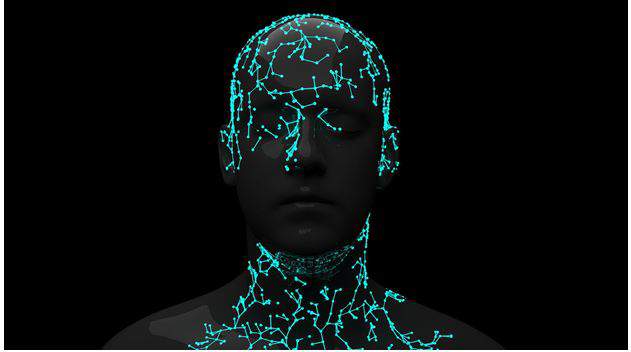- Category
- >Artificial Intelligence
Artificial Intelligence is Much More Than What You Think
- Ram Tavva
- Nov 16, 2020

We had enough of talking about What is Artificial Intelligence? What are the examples of it and how does it work? And the same we are going to discuss this further in our blog.
Fundamentally, Artificial Intelligence works by making a combination of humongous data with the use of intelligent and progressive algorithms. Now the role of algorithms is to allow the software (machine) to grab the knowledge derived from the insights, information and patterns present in the data.
Not just this, AI on a larger scale involves many other aspects like technologies, process, theories etc. AI individually cannot perform without the major indulgence of Machine Learning, Deep Learning, Neural Network, Evolutionary Computation Vision, Robotics, Expert Systems, Speech Processing, Cognitive Computing, Natural Language Processing, etc.
Major Subsets of Artificial Intelligence
1. Machine Learning
It is one a major part of AI, the role of ML is to strengthen AI and push it fast forward mode and take it to new levels. Machine Learning helps AI to focus on developing the capability to improve the responses and outputs to any given situation through the past experiences of data. ML also includes deep learning, that supports AI in solving and understanding the multidimensional complex patterns and data sets and derives the solutions out of it. (Most related blog: Machine Learning vs Deep Learning: How are They Different?)
However, rule-based machine learning has given AI a new dimension, as this approach relies on the conceptual set of rules. It is applied to a few algorithms, with which a machine can identify the rules by itself without any human involvement, to apply any knowledge manually curated rules like in traditional rule-based ML. (Referred blog: Top 10 Machine Learning Algorithms)
2. Neural Network
As the whole idea behind AI is to mimic the human- be it communication, be it vision or intelligence. Neural network series of algorithms are stimulated by human brains, the way it processes helps in collecting data, recognizing, connecting, and solving the problems. The main objective of this subset is to work in a way that a human could have done.
3. Speech Processing
Here AI is trained/ programmed to recognize the words, saying or phrases in the said language and translate it to machine-understandable codes and revert or react to it. The update in the speech processing also empowering AI to convert voice messages into text or vice-versa and can recognize human voices like SIRI, Alexa, or OK Google.
Speech/ Voice recognition illustration
4. Natural Language Processing
Like the name suggests of this subset, Natural Language Processing, AI is empowered with the ability to understand the language generated by humans including speech. (Related blog: Top 10 Natural Language Processing (NLP) Trends in 2021)
NPL derives meaning from human interaction in a way, to perform its tasks. All that developers need to do is structure the data and can make the machine execute the duties such as automatic summarization, translation, named entity recognition, relationship extraction, sentiment analysis, speech recognition, and topic segmentation.
Human mind mimic with AI
Conclusion
Popular delusions about AI is an island with mechanical devices and self-driving cars. However, this approach does not understand that AI’s vital role is about practical application, processing and dealing with huge amounts of data, which is produced on a daily basis. Some of the other especially important applications of AI are gathering insights and performing the tasks automatically. The bulk data created by humans, AI works on wise searches, interpreting all sorts of files, be it text, audio, or image to discover the pattern out of it and then act accordingly.
The blog must have provided the insight of what are the important aspects of AI and how it is applied to a machine in executing various tasks, every part of it requires an algorithm to support its working.
Trending blogs
5 Factors Influencing Consumer Behavior
READ MOREElasticity of Demand and its Types
READ MOREAn Overview of Descriptive Analysis
READ MOREWhat is PESTLE Analysis? Everything you need to know about it
READ MOREWhat is Managerial Economics? Definition, Types, Nature, Principles, and Scope
READ MORE5 Factors Affecting the Price Elasticity of Demand (PED)
READ MORE6 Major Branches of Artificial Intelligence (AI)
READ MOREScope of Managerial Economics
READ MOREDifferent Types of Research Methods
READ MOREDijkstra’s Algorithm: The Shortest Path Algorithm
READ MORE

Latest Comments